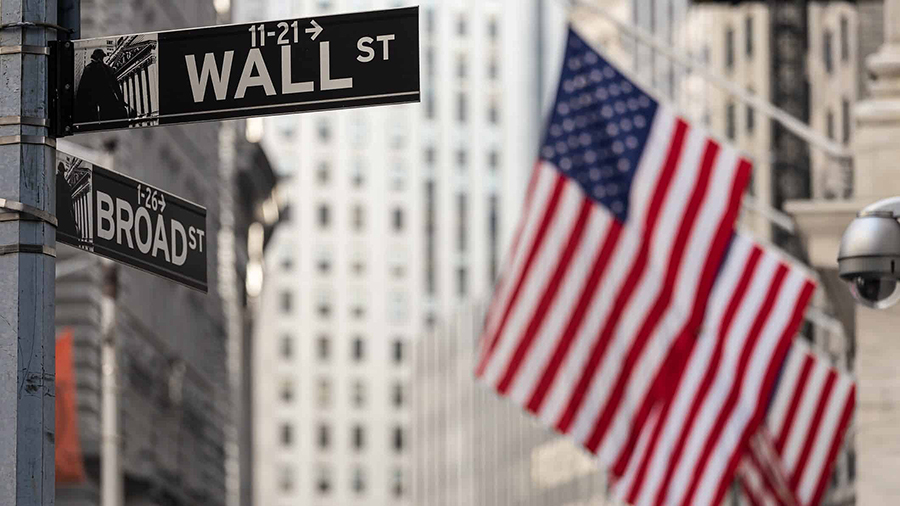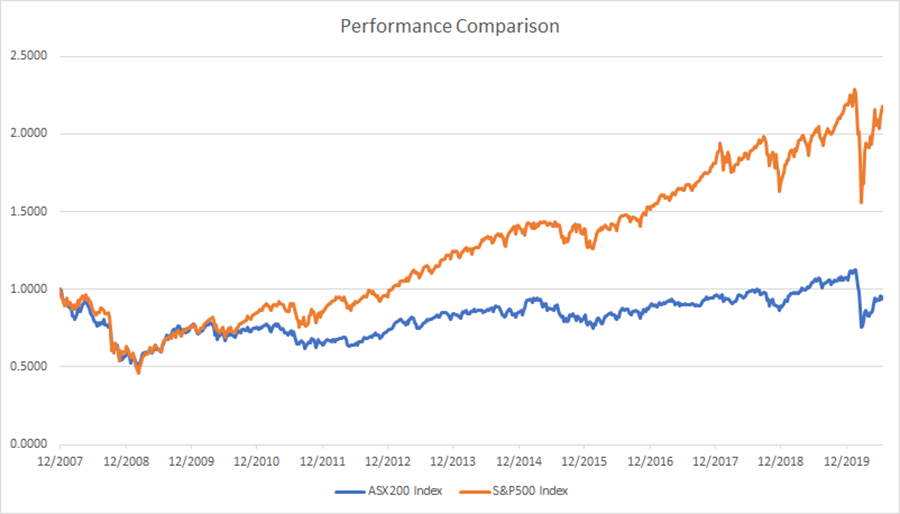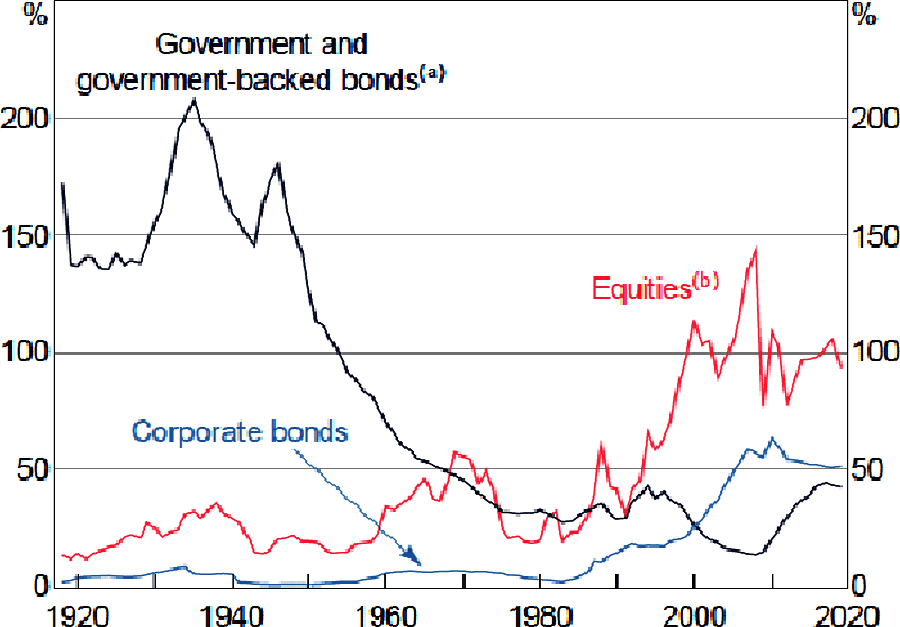Contributed by Joe Montero
I have been asked to say something about the volatility of the Australian share market. People are noting that its swings are coming more often. Theyu see that the peaks and troughs are getting steeper, while the trajectory is slowly heading south.
My response is with the following comments, for which there is no shortage of evidence, for those prepared to look at it.
The start is that much of what is happening is conditioned by Australia’s close economic ties with the United States.
The Coming U.S. Presidential election, is influencing the American share market. No surprise here. It may not be the main main factor, or even the most important one. systemic economic problems are more important.
The presidential election is having its own effect. Its outcome will not change the direction. But it will have some bearing on whether the trend will be deepened or softened. This is why it is having an effect.
The most important feature of the American share market, Its domination by a group of major investor institutions, headed by the nation’s biggest banks. Whatever they do is decisive.

Photo from Getty
Systemic problems and the US election are also having an effect on the Australia’s share market. This makes perfect sense when it turns out that it is the same group of major investors that dominate share ownership and the economy in Australia. They operate on a scale that that gives them the power to exert enormous pressure on share prices and government, and they use this advantage routinely.
Just go through the portfolios of the largest share owners in every major company operating in Australia. The same pattern turns up in nearly every case. There is the list of the same banks, nominee companies, and cross share ownership linkages between companies.
Because they operate, mainly in line with their strategic planning, taking on the competition and expanding market share, during times of stability, growth, and political certainty, their behaviour is mostly predictable.
But these are not such times, making them less predictable, and this raises the level of instability in the share market. When this happens in the United States, the effects will soon find their way into Australia.
The graph below shows the high degree of correlation between the US and Australian share markets. This infers that the Australian share market is locked tightly into the much bigger American one.

Source Rivkin/Norgate Data
But there is a widening gap in the level of performance, putting Australia being in the inferior position. The gap is best explained, by the fact that a higher proportion of earning are paid out in dividends in the United States.
Much of the payout is derived from exporting investment and importing earnings from other counties, rather than domestic performance.
The difference in the size of the two economies share markets, means that major decisions are made in overseas boardrooms, and this diminishes Australia’s capacity to deal with economic problems and unhealthy investment.
Covid-19 has aggravated already existing problems. More so in the United States. But it has also had some impact on Australia, where it has forced even more stimulus spending, relative the size of the economy.
Although there has been some benefit to those out of work and some businesses, it has been the big investors who have received the most. government handouts have enabled them to effectively transfer a portion of their operating costs to the public sector.
Buying of government bonds will have a greater impact on share prices than a stimulus package. These are certificates sold with a promise to pay back the money with an added yield at a certain future date.
The Morrison government has decided that it will pay its way in the coming period, by issuing more bonds. This is not a new strategy. In fact, there has been a growing reliance on this means to raise funds, which translates into an increasing reliance on the same American group of major investment institutions.
The graph below shows the long term relationship between equities (shares) and the bonds market, which underwent a major shift with the ending of the gold standard fixed rate and the subsequent flexible exchange rate regime. They move in opposite directions.

Source: Reserve Bank of Australia
Note that the bond market has been less attractive domestically. For American investors, with lower returns at home, the story has been different. The trajectories began to change at the time of the Global Financial Crisis.
For the share market, it means pulling away some of the funds that would otherwise be used to buy shares, to take advantage of a government guaranteed future profit, and in times of economic uncertainty, this provides a useful hedge, paid for by the taxpayer, against losses on the share market.
But by being more tightly integrated with these investors, the scope for independent government action is narrowed, and this increases the capacity of the institutional bond buyers to apply political pressure.
Foreign bonds are used by American institutional investors to get rid of their own currency when the domestic currency exchange rate is falling.
By buying enough Australian bonds in Australian dollars, demand is created to keep the exchange rate for the Australian dollar higher. When it rises relative to the Greenback, the cashing in on the bonds creates another avenue for profit.
This goes to provide some explanation for the cycle of the bonds market. In the time ahead, economic headwinds will probably cause a downswing in the American exchange rate and is already feeding a demand for Australian bonds.
It keeps the exchange of the Australian dollarabove what it would otherwise be. Then, when the bonds mature, they are exchanged Australian for dollars, which are then for the depreciated greenbacks. The difference is another source of profit.
Volatility in share market, is made worse by the growth of the bonds market, gerating instability in the flow investment between the two countries, and an expression of this, is the impact it has on the share market.
The lesson is Australia needs less integration with the American economy and more control over the Australian economy. It means ending dependence on the dominant American investor institutions.
There should be a clear limit on foreign ownership. Australia needs the capacity to raise investment funds independently, and the best way to do this, is by establishing a publicly owned investment and savings bank that can set the standard and provide funds for targeted investment, around worked out national priorities.
This must be backed by the regulation of all large scale investment, to ensure that it in harmony with these national priorities.


Be the first to comment on "Why does the American share market impact in Australia?"